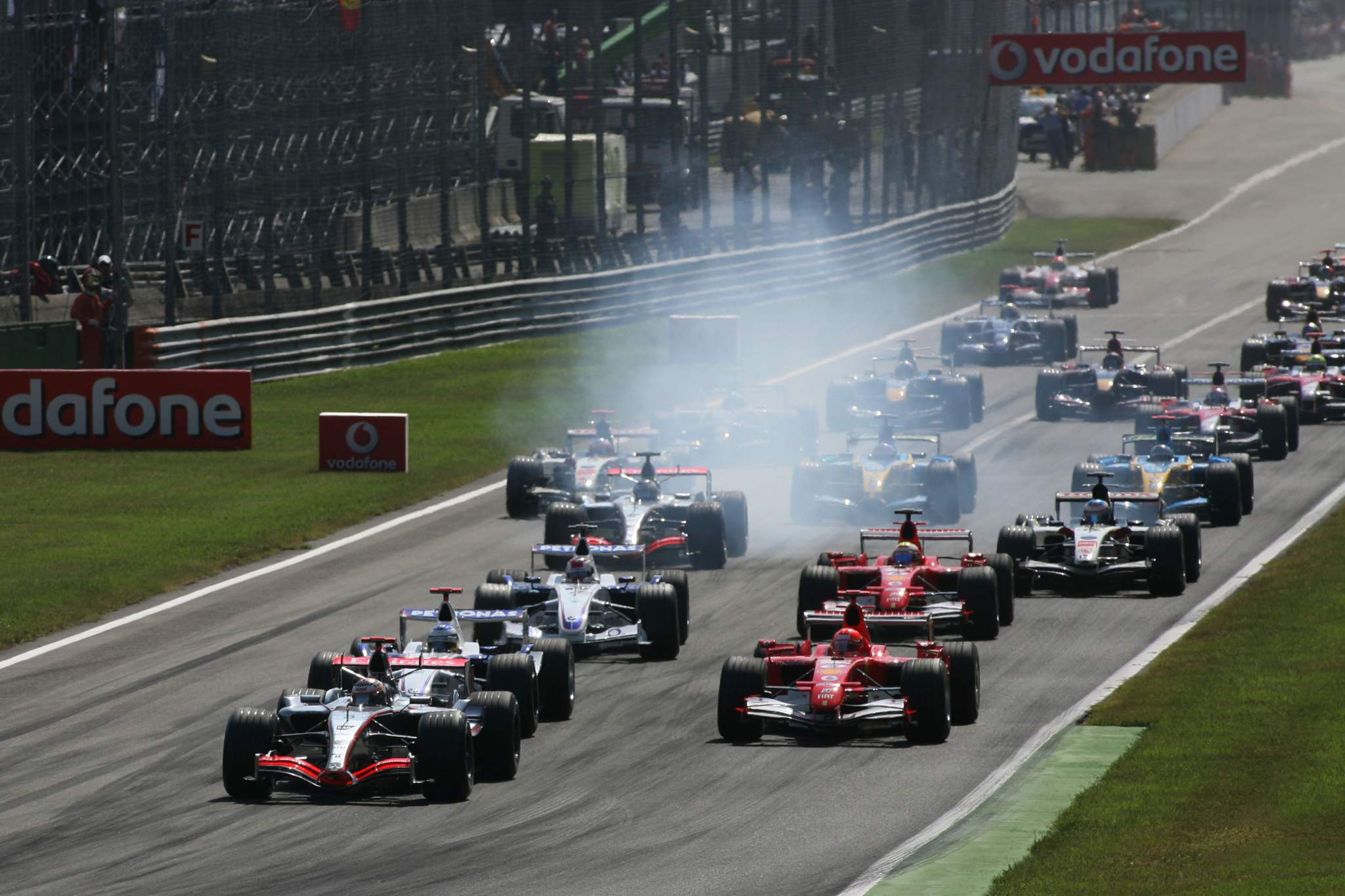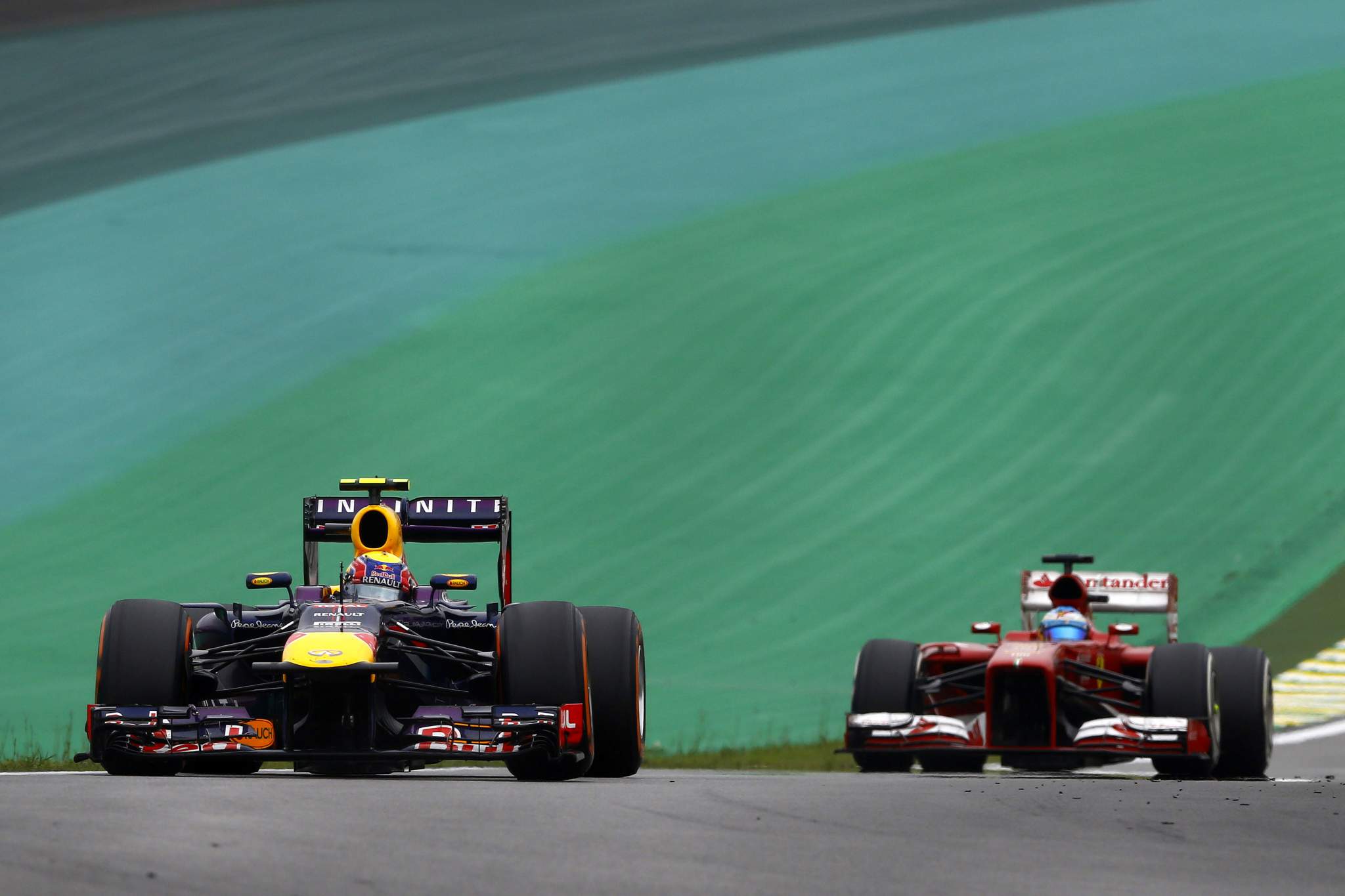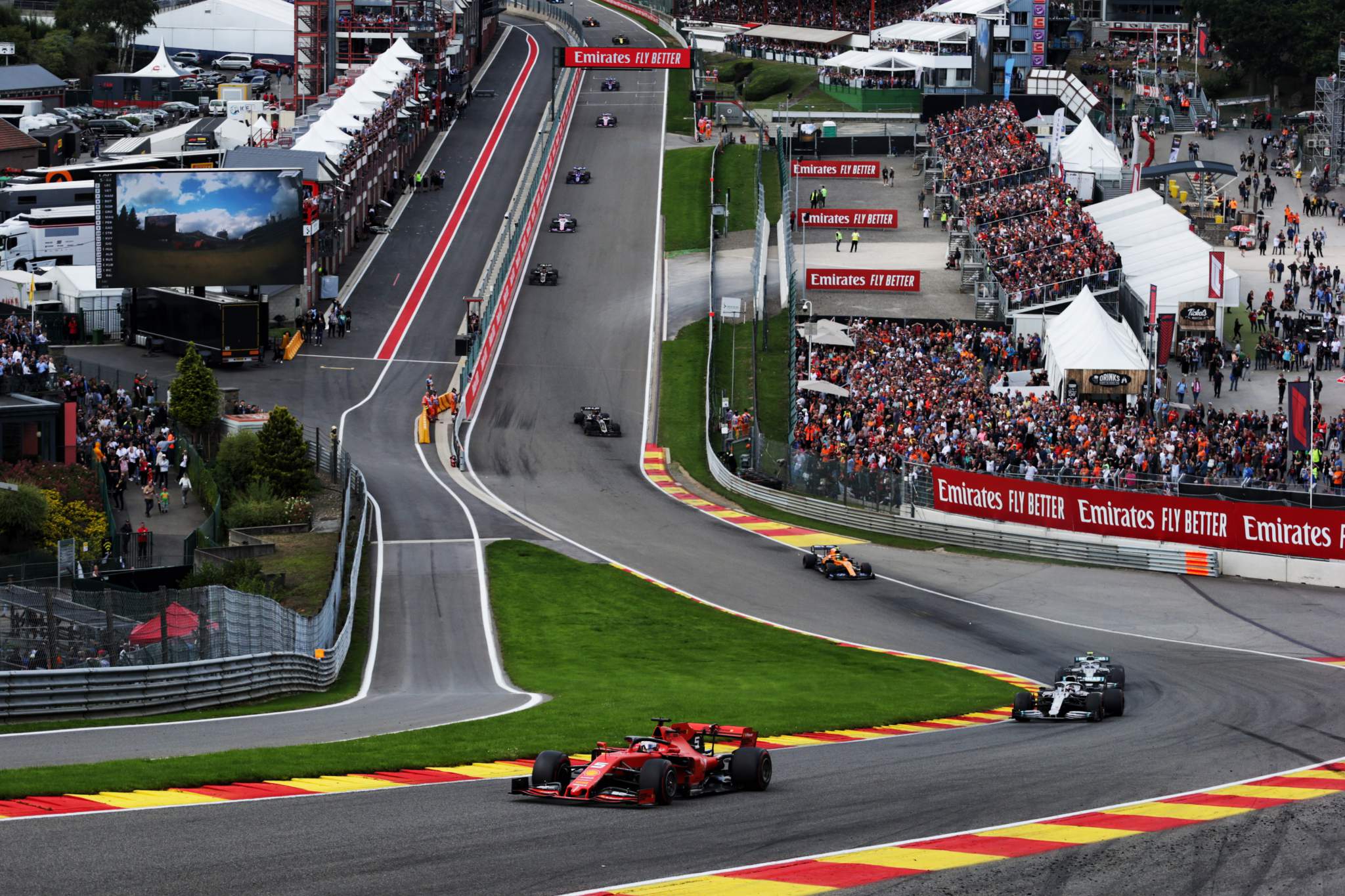Up Next

The last time Formula 1 imposed an engine freeze was during the V8 era. The 2.4-litre V8s had been introduced for the 2006 season, replacing the previous 3-litre V10s. But from 2007 their spec was theoretically frozen to whatever they had been at the Chinese Grand Prix towards the end of the ’06 season.
This was in the interests of controlling costs, the reasoning being that big savings could be made if expensive development programmes could be eliminated. The only changes permitted would be for reliability reasons.
By the end of 2006 the engines of Mercedes, Ferrari, Renault, Toyota, Honda, BMW and Cosworth were remarkably close in performance. This was partly because the original concept of the V8 engines was very prescriptive.
Far from the freedoms allowed in the V10 era, even before the freeze, the V8s had much of their specifications pre-imposed: a 90-deg cylinder bank angle, a maximum bore size of 98mm, a minimum weight of 95kg, a centre of gravity height no lower than 165mm and a crankshaft height no lower than 58mm.

These and the imposition of a ban on magnesium and metal matrix composites – which compromised how fast the con-rods could be made to run – concentrated development over a very narrow range of options in 2006. But still, the power outputs climbed and by the end of that year both BMW and Cosworth had engines capable of revving to 21,000rpm. The others weren’t far behind. For 2007, in addition to the frozen specs, a rev limit of 19,000rpm was imposed. This was to make it more feasible to run with the two-engine-per-weekend limitation for each car.
But an odd thing happened between the freeze and the start of the 2007 season. It quickly became apparent that there was a bigger spread of performance under the new frozen rules than there had been at the end of ’06 when there was no freeze! Renault, in particular, had fallen well away from the performance of the Mercedes and Ferrari units. It seems some engine manufacturers had taken the freeze more literally than others.
Changes under the guise of reliability were where the new area of inventiveness was – justifying spec changes to the FIA on reliability grounds that would also allow greater performance. Once this was widely realised, those manufacturers that had fallen behind were given a further discretionary period in which to catch back up under the reliability guise – but the process was quite specific.

Eventually, and for the remainder of the V8 era to the end of 2013, the power units became once very closely-matched. Teams began to consider them as simply plug-in components, a status that changed quite radically with the advent of the hybrid formula of 2014.
This time around the spec hybrid power units are also quite closely prescribed, with a similar defined vee angle, cylinder dimensions, weight, centre of gravity height etc – as well as, critically, fuel flow. But there has been rather more variation in performance as a result of differing approaches to the ERS/turbo part of the equation. There is no standard turbo size or layout and the architecture of the engines has been quite different, encompassing the split turbo layout introduced by Mercedes and subsequently adopted by Honda after its original ‘between the vee’ turbo was abandoned two seasons in.
Meanwhile, Ferrari and Renault have remained with the conventional combined turbo/compressor unit mounted at the back of the engine. Because the hybrid technology was all-new at the beginning of 2014 and more complex there was a much greater variation in performance between the engines than in the V8 era.

Ferrari’s 2019 power unit aroused suspicion among rivals for a power advantage of up to 25bhp over the next most powerful. But between Mercedes, Renault and Honda there was as little as 12bhp between them by the end of that season.
Subsequently, Mercedes launched into an extensive development programme in response to the Ferrari’s potency – and began last season with a significant increase in power despite more restrictive technical directives. Those directives had the effect of severely curtailing Ferrari’s power, losing it around 65bhp. So into 2020 the performance spread between the engines was much greater than the year before. That situation was effectively frozen by restrictions made in the wake of the pandemic.
With the manufacturers permitted to make changes to their ICE, turbo and ERS systems for this season, the expectation is that there will be a more level playing field once again, with Ferrari and Honda in particular expected to make significant gains. The spec of the power units will then be frozen for the start of next year.





